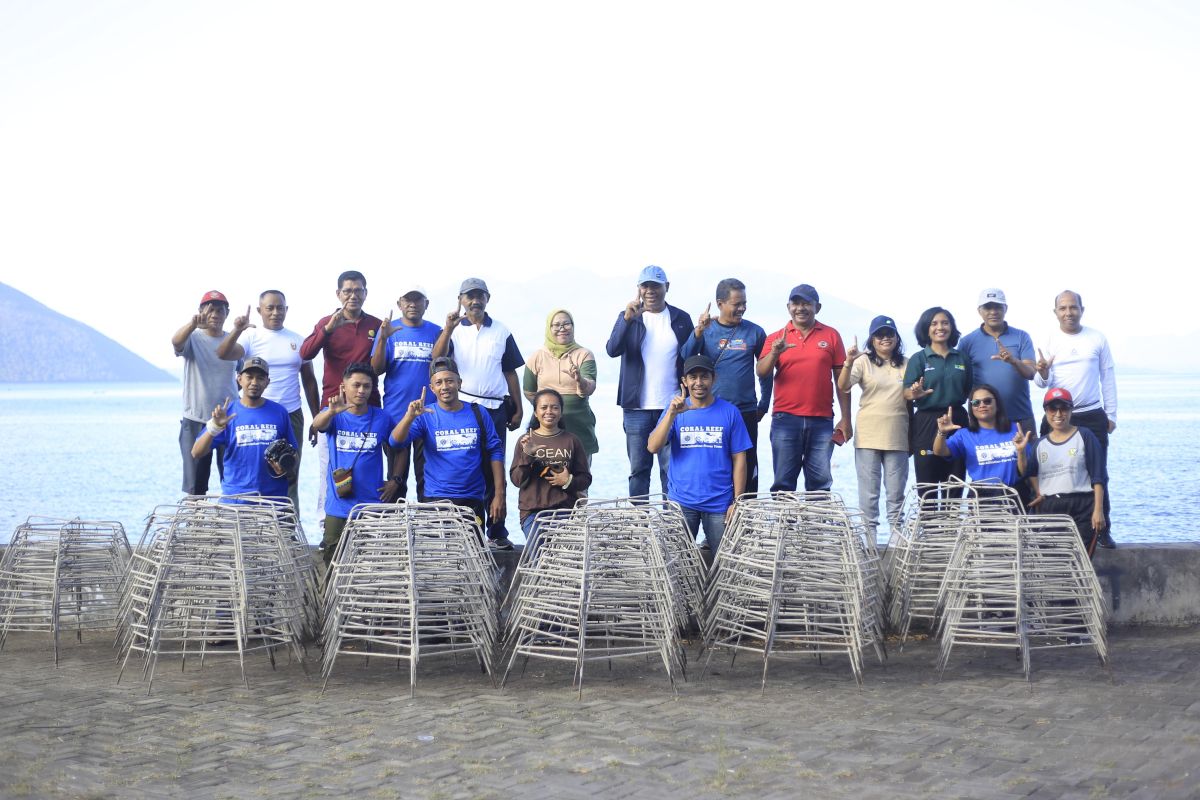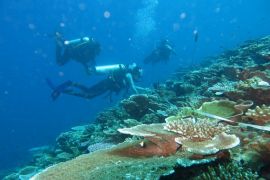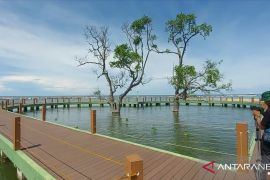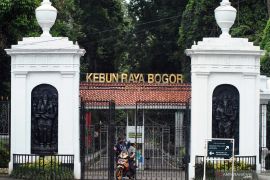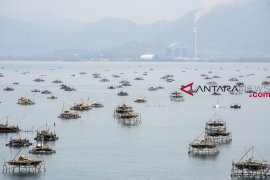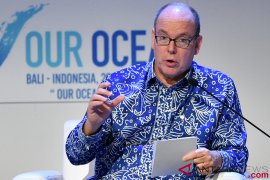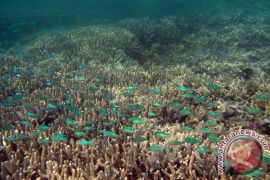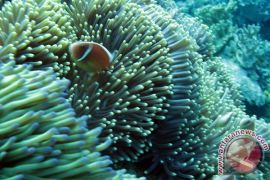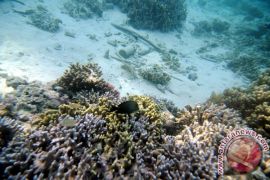A total of 1,560 coral fragments were transplanted.
"Coral reefs are home to fish. Healthy coral reefs lead to abundant fish populations, which in turn support the fishing communities' economies," Acting East Flores Regent Sulastri Rasyid made this statement during her opening remarks at the event, Sunday.
Rasyid explained that the coral reef transplantation program is implemented by the Ministry's Directorate of Coastal and Marine Pollution and Damage Control, with CV Ararat as the implementing partner.
The program collaborates with local communities, namely Working for Nusa (Berguna) and the San Domingo Supervisory Community Group (Pokmaswas).
According to Rasyid, the chosen location is free from activities that could harm the coral reefs, such as fishing.
Restricting these activities has yielded positive results, including increased fish populations, which benefit the Larantuka coastal community.
The Ministry provided 130 "spider webs" as planting media for the coral fragments.
During the transplantation activity, a total of 130 substrates were planted using the spider web method. Each substrate holds 12 coral fragments.
Additionally, five sets of snorkeling equipment were donated to the Larantuka Village Head, Petrus Ignasius Wungubelen.
To raise awareness about the importance of coral reefs, a dissemination event was also held featuring Director of CV Ararat, Adriano Leba, as the speaker.
According to Leba, the location was chosen due to the community's ongoing efforts to conserve the ocean.
Leba believes the site can serve as a model for future coral reef restoration activities.
Related news: S Kalimantan develops conservation-based artificial coral reef program
Related news: MotoGP riders participate in Kuta Mandalika beach clean-up
Translator: Kornelis Kaha, Raka Adji
Editor: Aditya Eko Sigit Wicaksono
Copyright © ANTARA 2024
